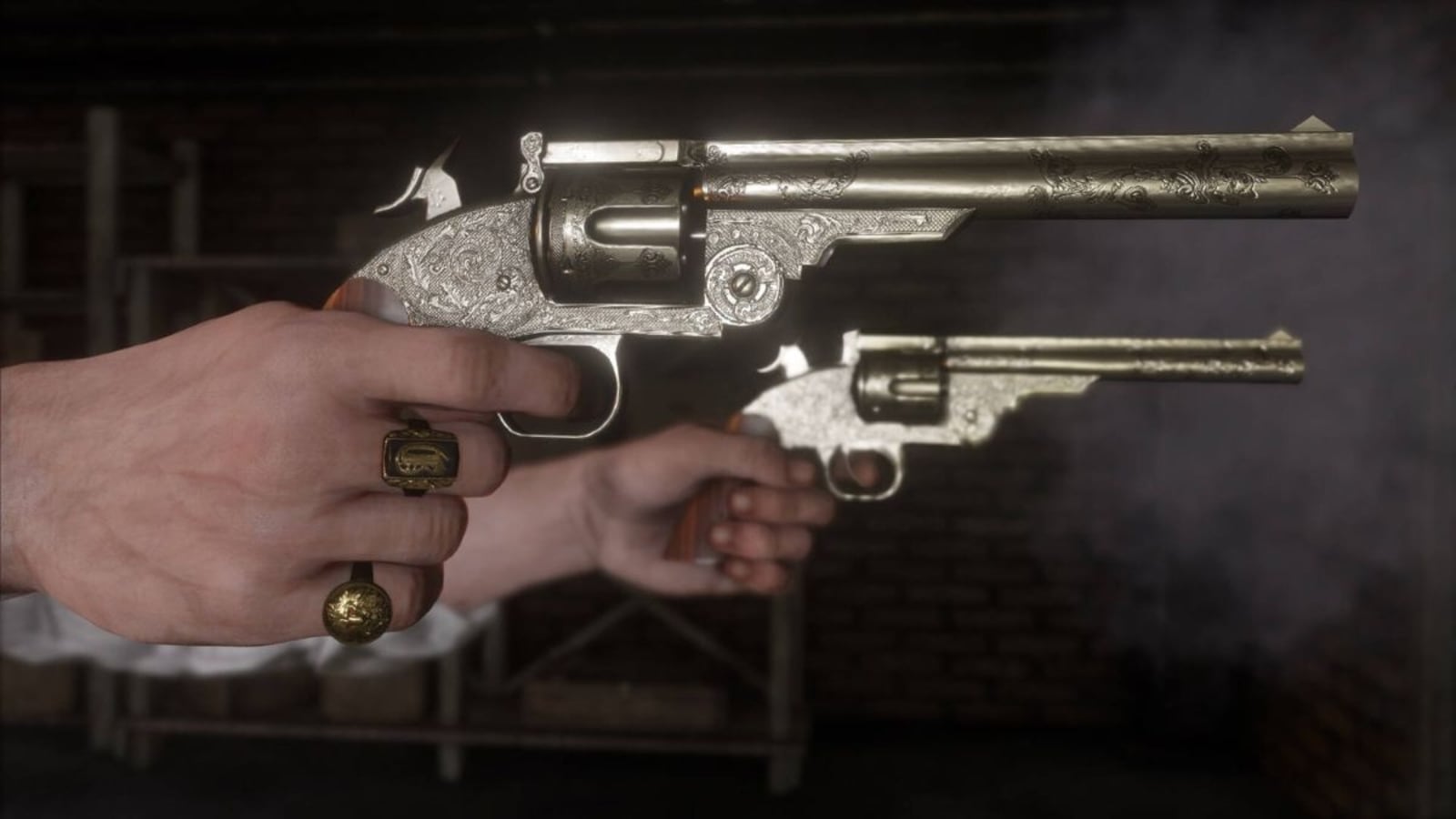By reducing their cinematic tool kit to only a few essentials, the directors of movies where one character is confined to a single interior space can stretch the audience’s imagination.
In these stories, which so far have seem to mostly feature men, the protagonists undergo a transformative experience without ever leaving the microcosm where we first encountered them. No official name has been coined to refer to this specific type of subgenre. But based on these films’ limited components, perhaps we should call them one-in-ones (one person in one set).
“Inside”(now in theaters) is the latest example of this bare storytelling model. From the Greek director Vasilis Katsoupis, the psychological thriller stars the chameleon-like Willem Dafoe as an art thief trapped within the walls of a collector’s high-tech apartment.
What begins as a physically demanding, survivalist ordeal transforms into an introspective exploration of our relationship to art, free of external distractions.
“For an actor, this was a very complete opportunity to inhabit something in a deep way, stripped of certain social and narrative conventions,” Dafoe said over a recent video call.
But what compels a filmmaker to even pursue such a constraint-heavy endeavor, which inherently requires that they come up with solutions unique to their framework?
For the British writer and director Steven Knight, the stripped-down “Locke (2014),” in which Tom Hardy plays a man driving from Birmingham to London for the birth of his child, served as a kind of an experiment in sparsity.
“When you’re directing a conventional film, practicalities get in the way,” Knight said. “I wondered if it’s possible for what you had in your head when you were writing to be as close as possible to what appears on the screen.”
Gustav Moller, the Danish director behind “The Guilty” (2018), a tense crime thriller about an embattled police officer (Jakob Cedergren) tasked with answering emergency calls, echoed that one of the unforeseen benefits of these films is that there is less narrative clutter that can blind you from what truly matters: the screenplay and the believability of the acting.
“Films that dare to be more minimalistic or condensed often stand out to me more than films that are plastered with information,” Moller said in a phone interview. (His film, which he co-wrote with Emil Nygaard Albertsen, was adapted into a 2021 English-language remake starring Jake Gyllenhaal and directed by Antoine Fuqua.)
The key for these films to work, Moller said, is for the creator to fully commit to the formal parameters of the premise from beginning to end. An audience can accept any concept if the maker sticks to it.
For example, one of Katsoupis’s steadfast visual mandates on “Inside” was to never look from the outside in.
“From the moment that he is locked in, the camera never leaves the house,” the director said of Dafoe’s character in a video conversation. “We never have a shot from the balcony, it’s always through the windows.”
For “Buried” (2010), a claustrophobic tale starring Ryan Reynolds that is told in near darkness, what enticed the Spanish director Rodrigo Cortés to Chris Sparling’s screenplay was the monumental challenge of making a movie that occurs entirely inside a coffin underground. And while there were plenty of practical complications, Cortés spoke of an uncommon filmmaking perk.
“One major advantage of these kinds of films is that this might be one of the few times you will be able to shoot a movie chronologically, because you don’t have to change location and you’ll be able to allow yourself to move forward page by page,” Cortés said in Spanish during a video interview.
Indeed, all four of these projects were shot in chronological order. In each case, the decision both eased technical concerns and helped with the actor’s emotional arc.
“Locke” was shot from beginning to end twice a night for ten nights with the car on a low loader truck going around on a circuit. Moller captured “The Guilty” with three cameras and in very long takes to get a variety of angles on Cedergren’s performance.
For “Buried,” seven different boxes with movable walls were built to suit the needs of each of Reynolds’s shots. And on “Inside,” the chic home with high ceilings was created in a studio in Cologne, Germany. Filming in sequence was paramount since Dafoe’s character slowly destroys and rearranges furniture as days go by.
But as physically isolated as these characters are, they all connect with those beyond the confines of their small domains via technology, be it mobile devices, or in the case of “Inside,” a security camera. As Knight pointed out, these stories couldn’t have been told in this manner just a few decades ago. “Because we’ve got cellphones, it means that we’re available to the world at all times,” Knight said. “The world can come in.”
On “Locke” and “The Guilty,” the other actors spoke to the leading men in real time from a nearby location during principal photography to help the exchanges feel spontaneous. For “Buried,” Cortés had the acting coach Warner Loughlin perform the lines of all the different people who call Reynolds’s character, and then replaced her with multiple voices in postproduction.
Each director agreed that the most important asset is collaborating with an actor who is intriguing enough to carry a whole film alone. And certainly fame doesn’t hurt.
“You have to have charisma that entices the audience to keep looking at you, and only you, for an hour and a half,” said Cortés about Reynolds. “Ultimately, there’s no landscape more interesting than the human face, but that’s not to say it can be the human face of just anybody.”
For Katsoupis, what Dafoe brought to his role in “Inside,” a movie with little dialogue, was “a thousand stories written on his on his face and his body,” he said.
For his part, Dafoe said that the more time he spent onscreen, the less pressure he felt.
“When you’re in every frame, you can relax,” he said. “You’re aware of the shots, but your relationship to the camera becomes the most natural thing in the world.”























